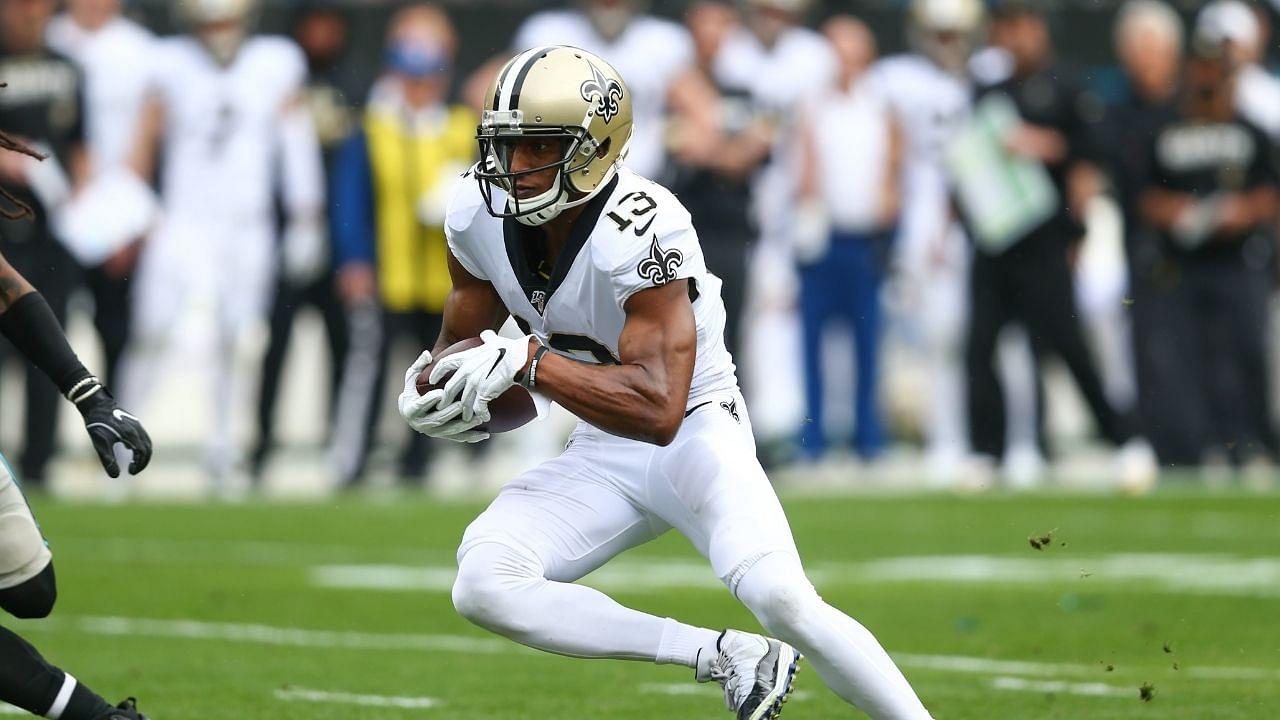The NFL PUP list will be popping up again as teams start reporting to training camp. However, what exactly is the PUP list?
Advertisement
Training camp has officially started for a few NFL teams with many others taking the field either today or tomorrow depending on when they’ve allocated their practices.
Training camps are usually the period when NFL teams try and cut their rosters down from 90 players to 53 as they gear up for the start of the next season.
During this time, many players may be unable to take part in team practices for one reason or the other. Due to the Covid-19 pandemic, the virus also becomes a factor in this year’s training camp absentees. So, what exactly is the NFL PUP list?
Sunday, there were 7 players declared active/non-football injury, 1 non-football illness and 8 physically unable to perform. NFL totals so far: PUP 51 players, NFInjury 24, NFIllness 1. Only one, Browns G Ben Cleveland, subsequently passed physical.
— Howard Balzer (@HBalzer721) July 25, 2021
Also Read: Deshaun Watson Trade Rumors: Top 3 Landing Spots For Houston Texans Quarterback
What Does The NFL PUP List Mean? Active NFL PUP List Vs. Reserve NFL Pup List
PUP stands for physically unable to perform and allows a player who is injured, either from the previous season or an injury sustained during the offseason, to recover and miss out on mandatory practices.
There are two designations to the PUP list: active and reserve. The distinction is very important, however, as it determines the eligbility of a player to play during the NFL season.
A player who cannot even make it through one session of their team’s training camp will be placed on the active NFL pup list. This means that the player has suffered an injury before training camp even started, and now he can’t make it to even the first practice.
Players on this list generally have great flexibility when it comes to their return. After being medically cleared, teams can activate a player on the active NFL pup list at any moment, allowing him to practice and play in games once they start.
However, if a player either gets injured during training camp, or is still not medically cleared to return by the start of the preseason, they may land on the reserve NFL pup list. This means that the player can’t practice or participate in games for the first six weeks of the regular season.
After that, teams have a three week window in which they can make one of three decisions with the player:
- Place the player on injured reserve (IR)
- Activate the player, enabling him to practice and play in games again
- Release the player
What’s interesting about the reserve list is that while on it, the player won’t count against the NFL team’s active 53-man roster. Therefore, teams can make informed decisions on keeping some players around while the injured player recovers, and then release another member to make way for their recovered athlete.
That also means that any news you see right now regarding players landing on the NFL PUP list is all related to the active NFL pup list and not the reserve one. There are some notable names on there right now.
Saints WR Michael Thomas (ankle) expected to start season on PUP list, return by Week 7 vs. Seahawks (per @RapSheet)https://t.co/VKWhCeSTsX pic.twitter.com/DV0meFb2Iu
— Around The NFL (@AroundTheNFL) July 26, 2021
Amari Cooper (ankle), DeMarcus Lawrence (back) among Cowboys starting camp on PUP listhttps://t.co/wwLbjI27R2 pic.twitter.com/gYpyxyNthz
— Around The NFL (@AroundTheNFL) July 22, 2021
RapSheet: RT @AroundTheNFL: Titans place LB Bud Dupree on PUP listhttps://t.co/9yYEm7IutH pic.twitter.com/R7igHdiMrP
— NFL Trade News (@NFLTradeNews) July 26, 2021
Bears Place Tarik Cohen On PUP https://t.co/oMbJfIMXkq
— NFL on Scoreboard Page (@NFLonSP) July 25, 2021



